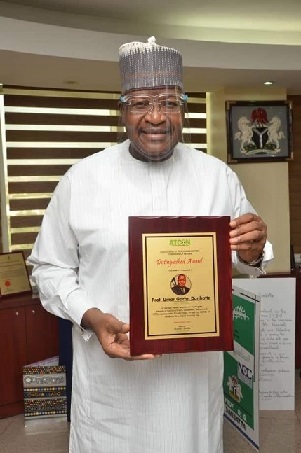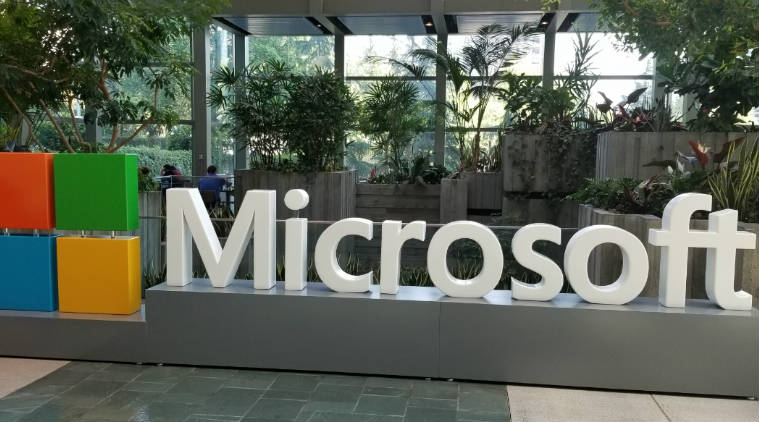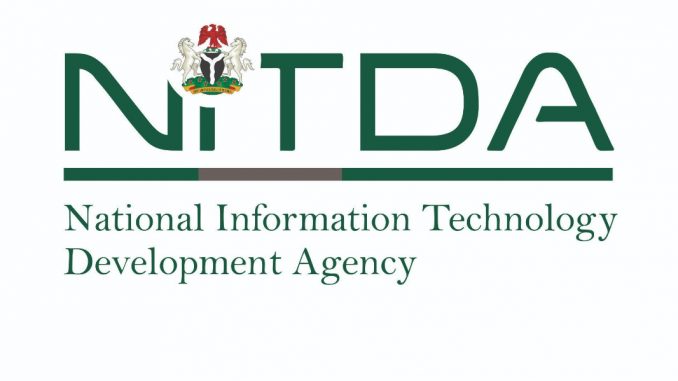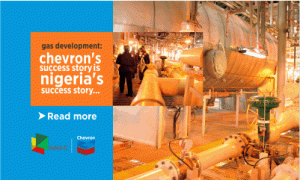Angola is set to overtake Nigeria in growing the advantage of subsea data cable from abroad as it flagged off on Wednesday, the South Atlantic Cable System (SACS) at an official launch in Sangano.
Before now, over five subsea cables had arrived Nigerian shores from Europe in the last couple of years, but were stocked at the coast due to tax and Right of Way (RoW) challenges in extending the optic fibre cables inlands.
Among arrived subsea cables to Nigeria from Europe include Glo, MTN, MainOne and others.
Data analysts say the feat is considered a strategic project for Angola to advance the region’s digital economy and to improve global communications
Business Hilights gathered that SACS is the first direct link between Africa and South America. The installation of the South Atlantic Cable System (SACS) – a subsea cable with 40 Tbps of capacity that will extend more than 6,500 km to Fortaleza, Brazil – began on the Angolan coast in the municipality of Quissama. The SACS system is being constructed by NEC Corporation.
The launch event was attended by José Carvalho da Rocha, the Angolan Minister of Telecommunications and Technologies, local and international business leaders, as well as the shareholders and guests of Angola Cables. The installation of SACS is considered a strategic project for Angola to advance the region’s digital economy and to improve global communications.
When the entire network is completed, along with associated elements such as data centres and Internet Exchange Points, SACS will offer a paradigm shift in Africa’s telecommunications sector. According to António Nunes, CEO of Angola Cables: “For Angolans, the time to access content available in America – the largest centre for the production and aggregation of digital content and services – will improve fivefold.” Currently it takes approximately 300 milliseconds to connect between Angola and Brazil. With SACS, the latency – the time lag between a data packet being sent and received – is expected to be reduced to approximately 60 milliseconds.

“Angola is becoming one of the telecommunications hubs in sub-Saharan Africa,” added Nunes. “Current cable systems, such as WACS, together with the SACS and Monet cables systems – complemented by local data centers – will improve connectivity, but also economically benefit Angola and the surrounding regions as tech companies requiring high connectivity establish and grow their operations in Africa.”
The installation phase of the cable on the Angolan shore is one of the most important aspects of the project as several levels of interaction and activity are required with several entities simultaneously, and therefore constitute a critical and high risk moment. The protection of both the cable and the teams involved is one of the aspects analyzed and therefore the work is rigorous and well planned.
According to António Nunes, “The installation of SACS represents the realization of a dream, a development that reflects our ability to find solutions and overcome challenges, always having in mind the final objective”.
It would be recalled that Angola Cables is a multinational telecommunications company founded in 2009, which operates in the wholesale market and whose core business is the commercialisation of capacity in international circuits for voice and data through Submarine Cable Systems.
SACS and the Monet cable system will interconnect three continents (South America, North America and Africa) as well as a Tier III data centre in Fortaleza to interconnect the cable systems. Angola Cables also runs Angonix, a neutral Internet Exchange Point located in Luanda, which interconnects global networks and content providers. Angola Cables also manages Angonap, a neutral data centre located in Luanda and the company’s traffic exchange point in Angola.









